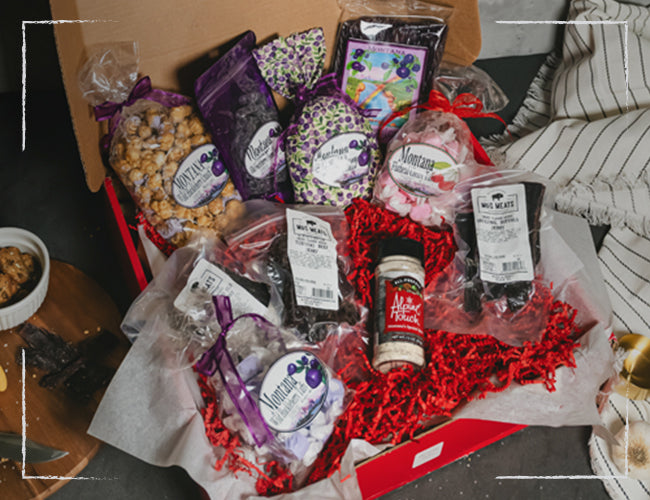Jerky Journeys: The Chewy Tale of a Time-Tested Snack

Picture this: you're about to set off on a long expedition. You've got all the essentials packed, but you need a nourishing, long-lasting source of sustenance. What do you reach for? If you said jerky, then you're in good company.
Jerky has been a popular snack for centuries, fueling everyone from ancient civilizations to modern astronauts with its protein-packed goodness. Let's embark on a flavorful journey and explore the intriguing history of this enduring snack.
The Origins of Jerky
The word "jerky" comes from the Quechua word "ch'arki," a language of the indigenous people of the Andes, which roughly translates to "dried, salted meat." However, the process of drying meat to preserve it – the fundamental concept behind jerky – dates back even further than the Quechua people.
In fact, the practice of drying meat can be traced back to our ancient ancestors. In prehistoric times, after a successful hunt, the excess meat was preserved by drying it under the sun or over the smoke of a fire, preventing spoilage and providing a food source that could last for extended periods.
Jerky Around the World
Over the centuries, variations of jerky have found their way into numerous cultures around the world. In Africa, they have "biltong," a type of dried, cured meat that originated in South Africa. Meanwhile, in Asia, particularly China, "bak kwa" (a sweet and salty type of dried meat) is a popular snack, especially during Chinese New Year celebrations.
Jerky in the New World
Jerky's history doesn't stop there. It played a pivotal role in the exploration of the New World. As European settlers arrived in the Americas, they learned from Native Americans how to make "pemmican," a mixture of dried meat (often bison, elk, or deer), fat, and sometimes berries. This high-energy food was lightweight, easy to carry, and perfect for long journeys or periods of scarcity.
During the era of cowboys and cattle drives in the 19th century, jerky again proved its worth. It was an easy-to-pack, non-perishable food source, ideal for long cattle drives under the hot sun.
Jerky Goes to Space
Fast forward to the 20th century, jerky made its most adventurous trip yet: to space! Starting with the Apollo flights, NASA included jerky in astronauts' food packs. Even in the vacuum of space, astronauts could enjoy a flavorful, protein-rich snack that reminded them of home.
The Modern Love for Jerky
Today, jerky has cemented its place in our pantries and hearts. It's seen a renaissance of sorts, with gourmet varieties like those offered here at M&S Meats gaining popularity. Here at M&S we have tried to maintain the jerky style that was around a long time ago. We are still using our sane recipe for over 75 years and make our jerky the Old West Style, this tough jerky will be exactly how your grandfather will remember it.
The flavors, too, have evolved with the times. Today, you'll find jerkies in a plethora of flavors, from traditional smoked and teriyaki to daring options like chili lime or honey sriracha. At M&S Meats, we’re proud to carry on the tradition of jerky-making while also innovating and offering our customers exciting, unique flavors.
A Final Word
The history of jerky is a testament to human ingenuity. This simple, dried meat has nourished us, traveled with us across oceans and into space, and continues to evolve with our tastes. It's a snack that's both delicious and steeped in rich history.
So, next time you enjoy a piece of jerky, take a moment to appreciate its incredible journey. From ancient preservation methods to a beloved, modern-day snack, jerky has truly stood the test of time. As we at M&S Meats like to say, it's not just food – it's a piece of history in every bite.










